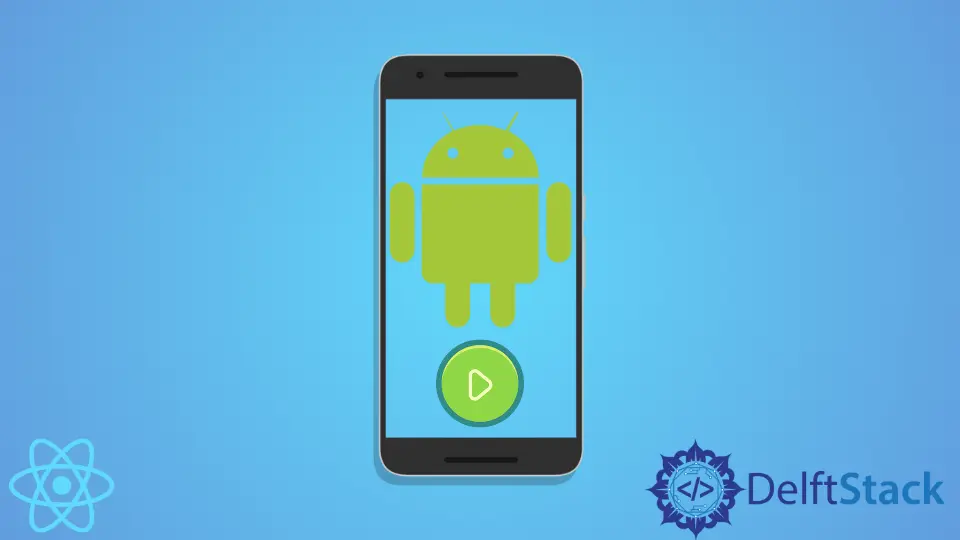Run-Android Command on React Native
-
Use the
run-androidCommand to Emulate React Native Apps - What Is Android Debug Bridge (ADB) Tool
-
Use
run-androidCommand to Launch Application in React Native -
How to Specify the Device for the
run-androidCommand in React Native

React Native is a JavaScript-based library for building mobile applications. The JavaScript code ultimately compiles into native code, used for building user interfaces in mobile phones.
Typically the development of mobile applications happens on desktops, so React Native developers need to use emulators to test and preview the output of their code before releasing it to the users. This article explores how to run emulators on a desktop using the run-android command.
Use the run-android Command to Emulate React Native Apps
Before launching your React Native application on your Android OS device, you need to take certain steps.
-
Enable debugging via USB
Before running the emulator on your computer, you must first enable debugging over USB on your Android device. Otherwise, it will only run legit applications downloaded from Google Play.
This is the default behavior to protect you from downloading apps from unknown developers.
Refer to the official [React Native docs](https://React Native.dev/docs/running-on-device#1-enable-debugging-over-usb-1) to learn about enabling this feature.
-
Connect the USB
This is the easy part. Take your Android device and connect it to the computer where you’re developing the React Native application.
You can use the
Android Debug Bridgetool to check that your device is properly set up for emulation. -
Check connected devices
Enter the following in the command prompt.
$ adb devices List of devices attached emulator-1124 offline # virtual emulator 43fda3 device # connected Android Device
As you can see in the example, this command will output all the Android devices ready for emulation. The `device` keyword right next to the ID of your mobile phone device tells us that it is ready and properly set up for emulation.
The important thing to remember is that in React Native, you can only have one connected Android device at any specific time.
What Is Android Debug Bridge (ADB) Tool
We used the command adb devices to output the list of connected devices in the previous code sample. You may be curious about what adb is and where it comes from.
The adb is short for Android Debug Bridge, a command-line tool that allows you to run your React Native application on smartphones.
Use run-android Command to Launch Application in React Native
Once you’ve verified that the device is properly connected, you can run the following command to start your React Native application on your smartphone.
$ npx react-native run-android
That’s all it takes to test and debug the beta version of your application on a real smartphone.
How to Specify the Device for the run-android Command in React Native
If you have multiple devices connected and want to run your React Native application on one specific device, you must add certain flags to the run-android command.
First, you must use the --help flag to check the available devices to run your app.
$ npx react-native run-android --help
This will output all devices where you can run your React Native app. As you can see in the example above, the adb devices command also lets you see all attached devices with their IDs.
Then you can use the --deviceId flag to specify the device to run your application.
react-native run-android --deviceId=your_ID
Irakli is a writer who loves computers and helping people solve their technical problems. He lives in Georgia and enjoys spending time with animals.
LinkedIn